Tractor Supply Flake Premium Pine Animal Shavings, 8 cu. ft.
Tractor Supply Co. Premium Pine Shavings are a quality bedding solution for horses, livestock, and outdoor pets. These shaving pieces contain low amounts of dust and are smaller in size to increases absorbency and reduces the amount of waste during cleaning.
Tractor Supply Co. Premium Pine Shavings are a quality bedding solution for horses, livestock, and outdoor pets. These shaving pieces contain low amounts of dust and are smaller in size to increases absorbency and reduces the amount of waste during cleaning.
- Dried for maximum absorbency
- Low dust
- 8 cubic feet of useable volume
Additional information
| Compressed Volume | 2.5 cu. ft. |
|---|---|
| Coverage Area | 8 cu. ft. |
| Expanded Volume | 8 cu. ft. |
| Features | Absorbent |
| Package Size | 8 cu. ft. |
| Product Height | 24 in. |
| Product Length | 16 in. |
| Product Weight | 22 in. |
| Product Width | 4 ft. |
| Manufacturer Part Number | 8CF-FLAKESHAVINGS |

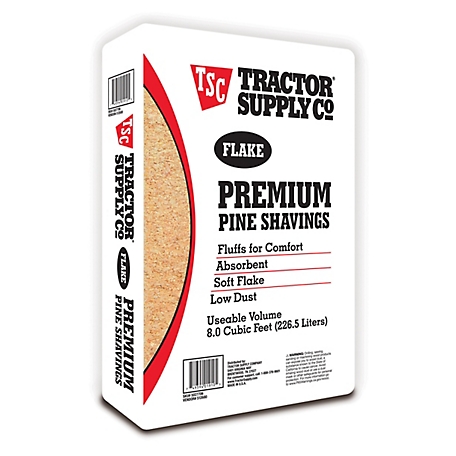
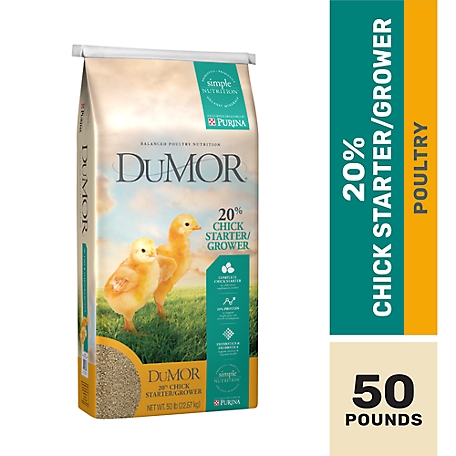
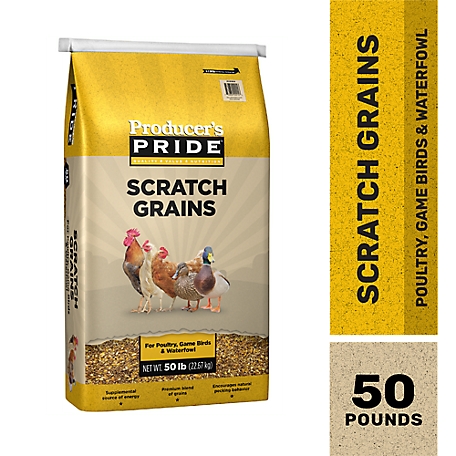
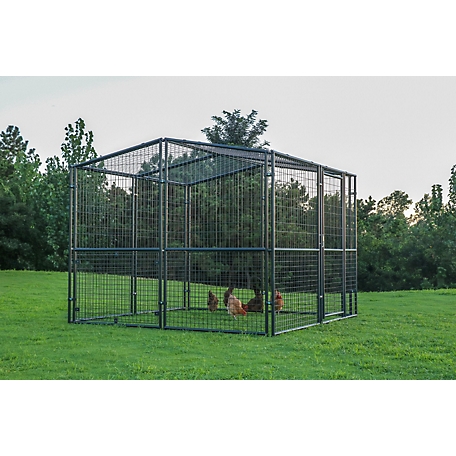
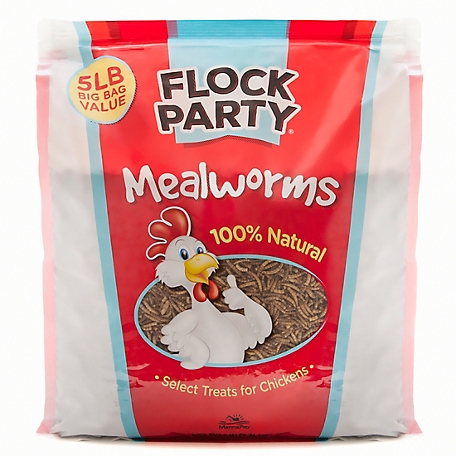


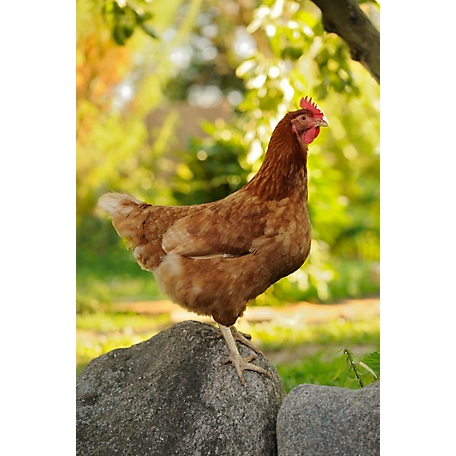
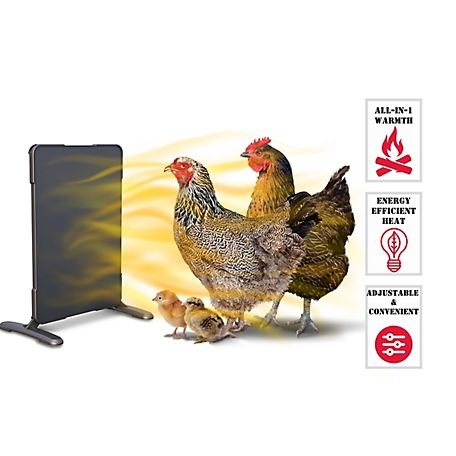
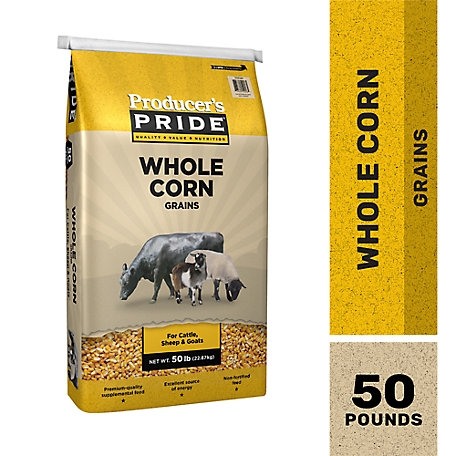
by Bran
Never smells bad and is very absorbent. I put down a layer of DE then put this in. Sometimes I sprinkle some organic lavender.
by Noma
Great price and it helps to keep my chickens clean and healthy.
by Exton
The shavings are good, and expensive.
by Mary
Flakes out nice, makes nice fluffy bedding for my pregnant mare.